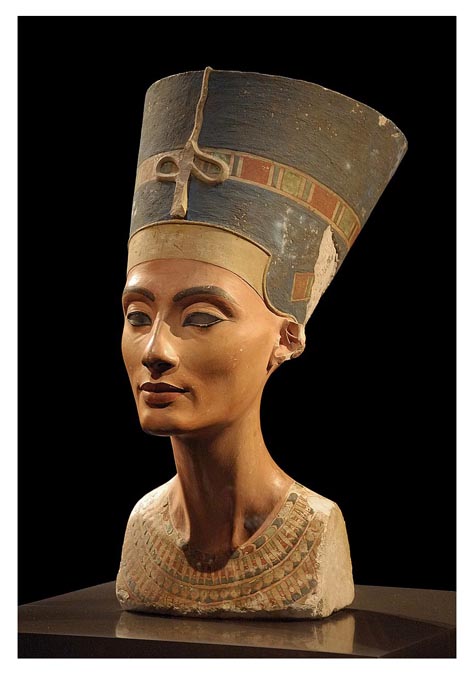
“I am alive. I am strong. I have awakened.” —Herodotus
The Greek historian Herodotus, 5th Century B.C., wrote “The Egyptians in their manners and customs have women attend market and are employed in its trade, while men stay at home and do the weaving.”
In his travels, Herodotus was accustomed to seeing the women of his Greek homeland confined to their residences with virtually no rights or influence in society.

In contrast, women in Egypt could be seen in the marketplace bartering goods, working in the fields, or participating in the celebration of festival days. When women appeared in Egyptian literature, scribes used the silhouetted shape of a seated woman shown in the background to express the idea of females in hieroglyphs.
Egyptian women possessed rights, responsibilities, and privileges not seen anywhere else in that era.
In ancient Egypt, the mysteries of writing could be deciphered by only a select few. This fact endowed scribes with prestige and power. Scribes performed clerical tasks for high priests and officials. The knowledge of writing was essential for all who aspired to leadership.
The training for scribes was rigorous because the written language was complex. Students had to master more than 700 hieroglyphs. Sheets of papyrus in the 13th Century B.C. were made by cutting long slices from the inner white pith of papyrus reed stalks which was pounded with a mallet into a sticky sheet and left to dry under a weight. A scribe had only to burnish the papyrus with a piece of wood or ivory then he could begin to write.
Royal entertainments began with the sweet fragrance of perfume cones that crowned the heads of guests. Fresh garlands were draped about their necks by servants. The intoxicating sight of dancers from distant lands wore scant tunics, leaping and twirling, by torchlight. The haunting strains of pipers and harpers could be heard and urged the revelers to make merry.
The graceful Nefertiti adorned the court of her husband, Akhenaten and did justice to her name which means, “the beautiful woman has come.” Egyptians celebrated such feminine charms in love lyrics such as these: ”She looks like the rising morning star, at the start of a happy year.”
For Egyptians who were well-to-do, they filled their free hours with delights that gave them a glimpse of what heaven might be like, if their prayers were answered. They would hunt water fowl, pick lotus blossoms from their papyrus raft, and enjoyed contests and stories. The educated elite enjoyed stories and poems penned on papyrus. Or they enjoyed recitations from memory for the enjoyment of others. Writers and artists poked fun at the proud and powerful in their society.
Wealthy Egyptians would throw lavish banquets for their friends and family on lighthearted, or solemn occasions. Every guest was warmly welcomed to the feasts of food and drink and a sizable retinue of servants. One of these scenes can be seen depicted on the walls of Nabamun’s tomb. Matching plates and cups might be decorated with a lotus design and made of blue faience consisting of a base of stone or clay, glazed over to produce a lustrous glass-like finish.
The pleasures of the moment were paramount, according to the following theme: “You waken gladly every day. You traverse eternity in joy.”

